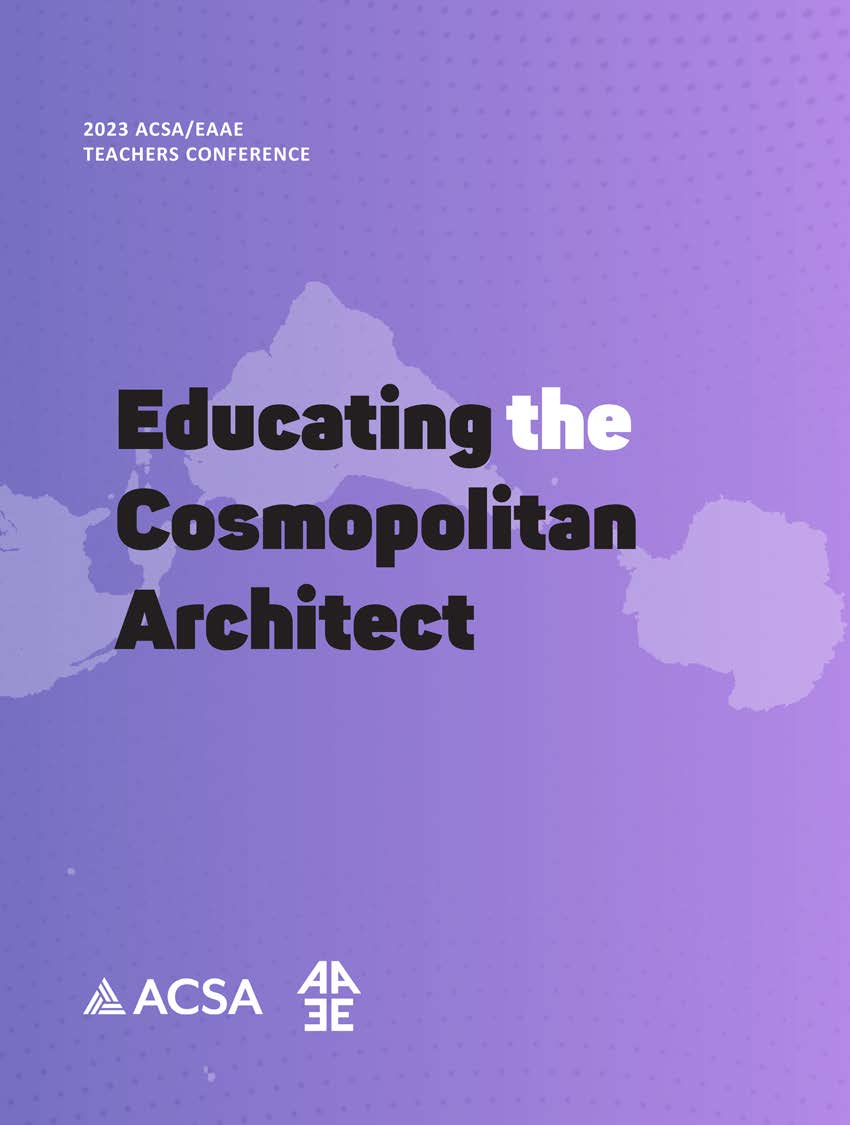Author(s): Gabriela Campagnol & Awilda Rodriguez Carrion
Sugar production exerted a substantial influence on land use and settlements throughout the Americas. Departing from sugarcane areas of Aguirre-Puerto Rico, and connecting other important sugar heritage sites, such as of Sao Paulo-Brazil and Texas-United States, this paper examines a pedagogical approach for advocates of preserving industrial heritage as an indispensable component of livable, sustainable communities. Through research analysis developed in three experimental design exercises for a senior architectural studio, students were able to explore the significance of historical resources and proposed different program narratives. These design activities consider students as storytellers and explore virtual data as a way to expose others’ viewpoints, build shared ideals and explore narratives based on a collective memory that may be revealed by community interaction. These visual story products promote diversity and the exchange of information, allowing students to define and communicate their interests, viewpoints and experiences. Students and community stakeholders can understand the critical role historical structures play in the environment to spur advocacy.
https://doi.org/10.35483/ACSA.Teach.2023.58
Volume Editors
Massimo Santanicchia
ISBN
978-1-944214-44-9

 Study Architecture
Study Architecture  ProPEL
ProPEL 
